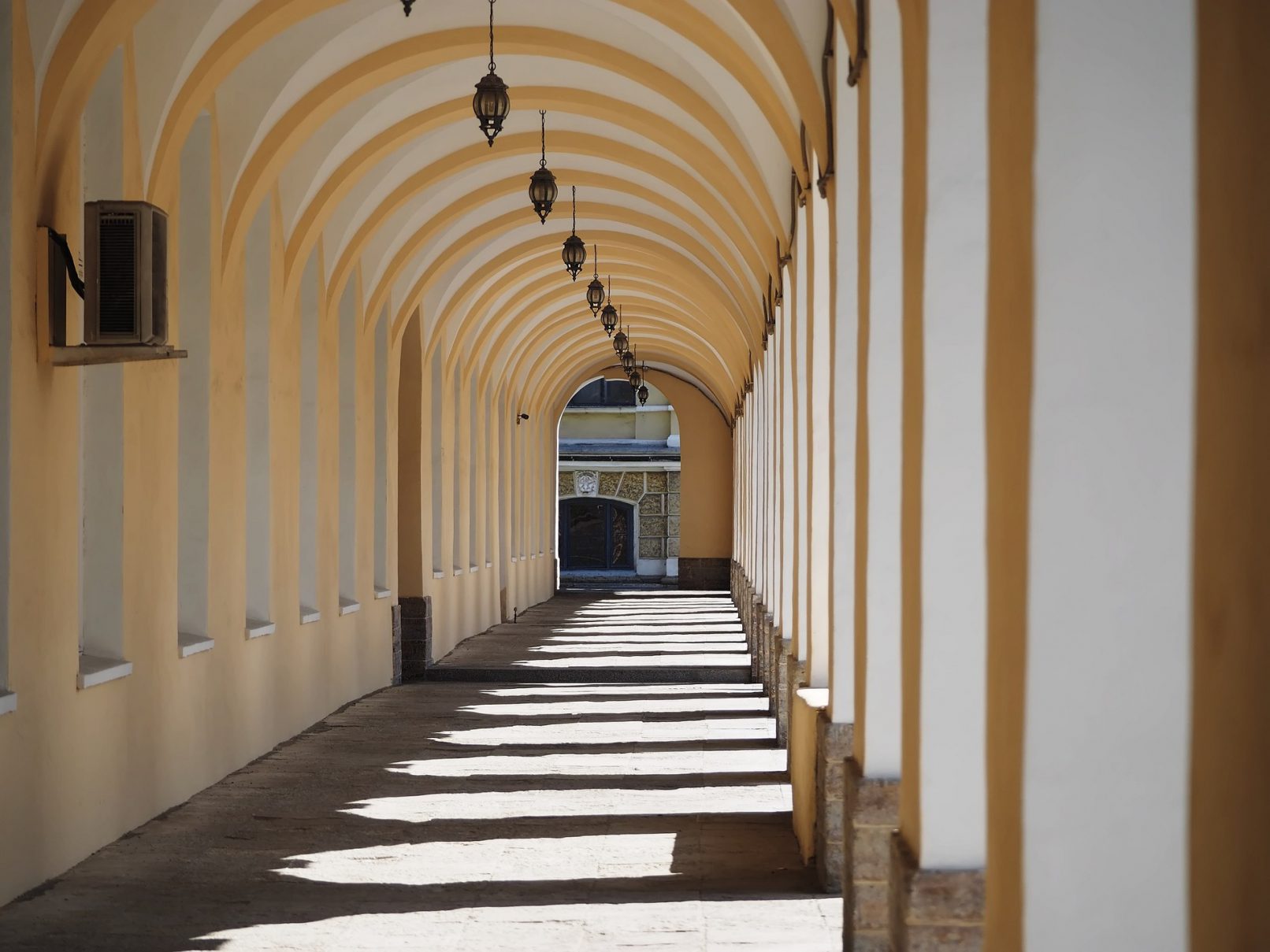Morphological innovation of the loggia for urban resilience to climate change
Temporary occurrences of extreme intensities of ultra-violet radiation and increasing periods of heat waves, due to climate change, present public health risks. Remaining in the shadow during midday hours in such conditions is a public health promotion strategy. Following this premise, this research explores morphological innovation of the urban loggia, i.e., public shaded walkways and sitting areas integrated in the ground level of buildings. These spaces have the potential to generate microclimates through passive cooling, reducing energy consumption of indoor temperature regulation in building entrances and contributing to the sustainability of buildings and cities.
In literature, the perception of the urban loggia shadow spaces has been studied in two different fields, mainly temperature comfort and the visual aesthetics, lacking a multisensory research approach to explore inviting spaces for all users. To improve the inclusive building performance of the urban loggia shadow spaces by integrating non-visual sensory modalities, this research is centred on integrating the diversity of people’s conditions and needs, as far as possible, and for that explores the empirical knowledge of a key users group, specifically blind people. The focus of this investigation is to identify positive and negative spatial components and requalification strategies of the urban loggia shadow spaces. The obtained results will contribute to a strategic adaptation of urban buildings to climate change in Portugal and other countries with similar vulnerabilities.
The research is conducted by Carlos Mourão Pereira under supevervision of Teresa Heitor (University of Lisbon, Instituto Superior Técnico) and Ann Heylighen (Research[x]Design).
publications
- Pereira, C., Heitor, T., Heylighen, A. (2019). Exploring Multisensory Qualities of Loggia Spaces for Urban Resilience to Climate Change. Modular, 2 (2), 1-20.

